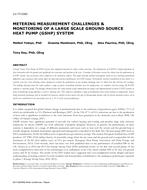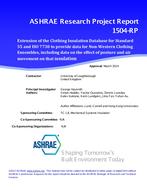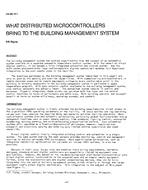Bearing in mind that building sector represents one of the biggest energy consumers in European countries and broader, the facilities in the public sector have been in the focus of attention when it comes to energy consumption with annually increasing energy demand and absence of proper energy management. The biggest consumers in the public sector are employees, but with appropriate activities of energy management it is possible to influence on their energy consumption. Awareness campaigns, education and training programs, label schemes and smart metering are all energy management initiatives based on the principle that more and better information will encourage consumers to use less energy. Also, energy literacy can empower employees to make thoughtful decisions and appropriate energy-related choices, to take responsible actions and embrace changes in the way we harness and consume energy. Individual behavior change can serve as a key strategy for reducing energy use to mitigate greenhouse gas emissions and improve energy security. The aim of this paper is to present the research results and to point out the current state and future needs of energy systems in buildings in Autonomous Province of Vojvodina (APV) in relation to its users. Three major parts of public building sector in APV were observed: 22.6% of Educational facilities, 67.1% of Medical facilities and 58% of the Administrative sector (municipalities). This paper also provides a quick look at the disparity between many of previous studies about energy saving behavior and gives a list of key barriers for energy conservation behavior as well as types of users when it comes to energy issues.
Citation: 6th International Conference on Energy Research and Development, State of Kuwait, March 14–16, 2016
Product Details
- Published:
- 2016
- Number of Pages:
- 8
- Units of Measure:
- Dual
- File Size:
- 1 file , 2.2 MB
- Product Code(s):
- D-ICER16-03


